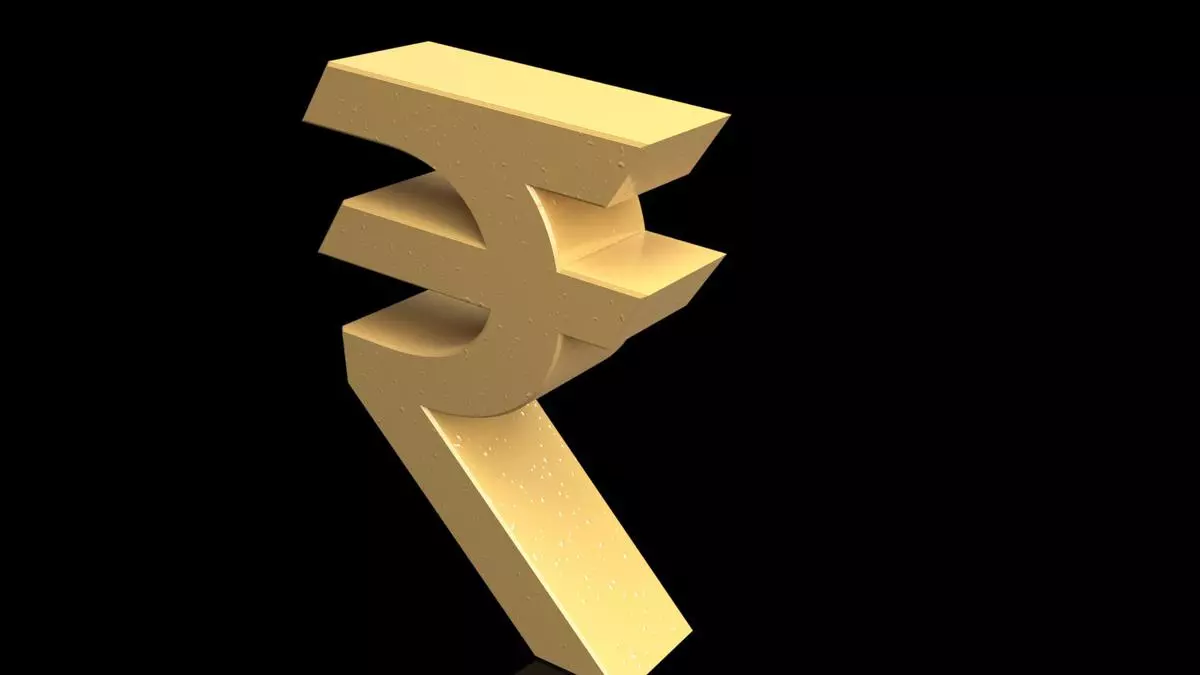Rupee stable despite shrinking yield gap
Globally, government bond yields have been on the rise for more than a year as central banks hiked rates at an unprecedented pace to combat inflation.
The 10-year US Treasury yield, a global benchmark for bonds, has surged from 1.91 per cent in early 2022 to 4.33 per cent now, narrowing the differential with the Indian 10-year bond yield to just 2.87 per cent now from around 4.9 per cent in early 2022.
While yield differential is not the sole determinant of exchange rates, there has been a notable inverse relationship between the India-US yield differential and the USD-INR currency pair, that is, when the yield gap falls, USD-INR increases (or ₹ depreciates). The correlation between the two from 2011 to now is -0.79.
It’s different
However, this time the trend seems to have paused. In 2023, despite the narrowing yield gap between India and the US, the rupee has remained steady against the dollar. Over just a year, while yield gaps have fallen by about 135 bps (a 31 per cent drop), the rupee has only depreciated by four per cent.
Three key factors
Three factors seem to be keeping the rupee stable this time around.
The Indian market has experienced substantial foreign inflows throughout this calendar year.
According to NSDL (National Securities Depository Limited) data, net Foreign Portfolio Investment (FPI) in India, including both equity and debt, totalled approximately $19.6 billion as of the end of August.
Secondly, there has been a decline in the forward premium of the USD-INR currency pair. The 12-month forward of USD-INR fell to 130 paise in early July, the lowest since September 2008 when it hit a low of 128 paise.
The lower forward premium means the market is not expecting the rupee to depreciate much. In a way, higher the forward premium lower the forex risk for carry traders. The premium is now at 146 paise, discouraging participants.
Finally, the inflation differential between the US and India has remained unusually narrow this time. Historically, inflation in the US has consistently remained significantly lower than India, which has resulted in significantly higher interest rates in India compared to the US. But, it is not so this time.
While capital inflows and the favourable inflation differential provided a buffer on the downside, the rupee has not strengthened even during periods of dollar depreciation. This year, the dollar declined in March and in June-July period. But the rupee did not gain versus the greenback. In fact, there was a minor decline.
“The effective intervention by the Reserve Bank of India in both buying and selling USD-INR has contributed to the stability in USD-INR currency pair,” according to Anindya Banerjee, Vice-President of research in currency and interest rates, Kotak Securities.
Risks ahead
The RBI, during the time of a surge in the rupee, might have bought dollars and sold rupee so that, the benefit of depreciation in the greenback was not fully transferred to the Indian currency.
While the rupee’s current prospects seem favourable, there exist potential downside risks.
“Two primary concerns are the prolonged strength of the dollar, driven by the Federal Reserve’s decision to maintain higher rates for longer, and the escalation of oil prices, which could affect India’s trade deficit and push the inflation up,” according to Kunal Sodhani, Vice-President, Global Trading Center, Shinhan Bank.
Last week, the dollar index reached a six-month high of 105.4, while Brent crude oil futures surged to $94 per barrel for the first time since November last year. There is a significant risk of crude oil prices surging further as Saudi Arabia and Russia resort to a production cut.
Additionally, concerns regarding global economic growth could shift the sentiment towards risk aversion, potentially leading to a rupee sell-off. Nevertheless, any potential downward trajectory in the rupee might be moderated as the RBI could provide a cushion through its substantial foreign reserves, which currently stand near historic high levels of $595 billion.
